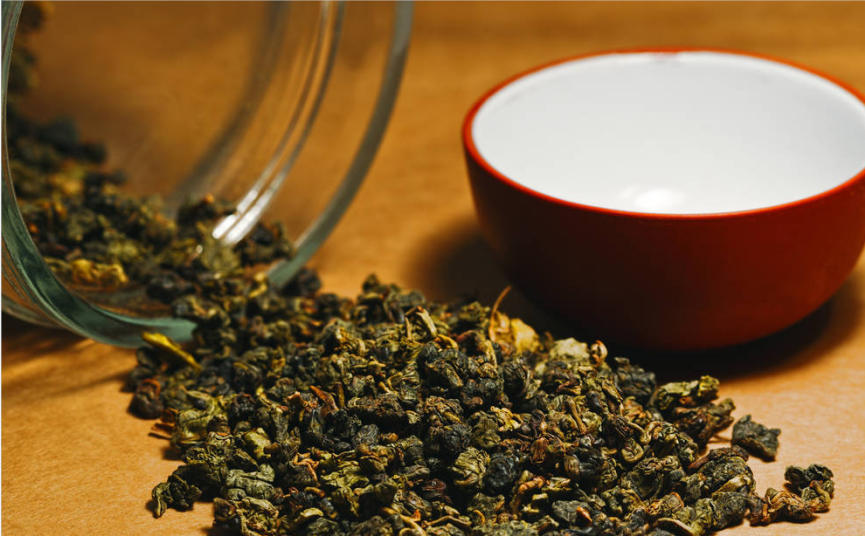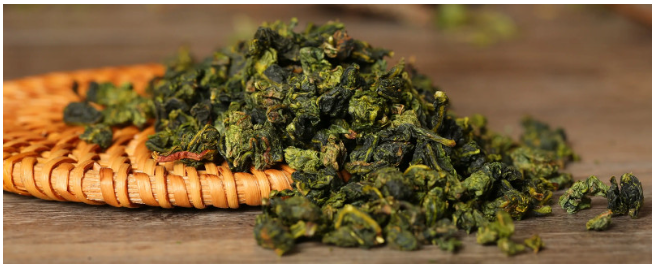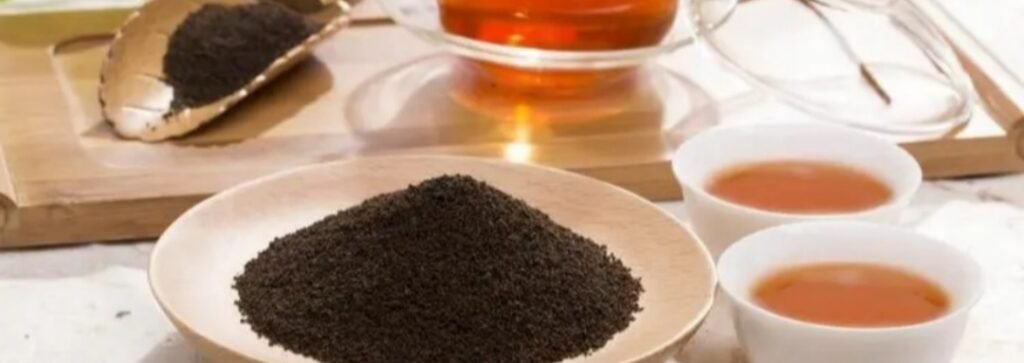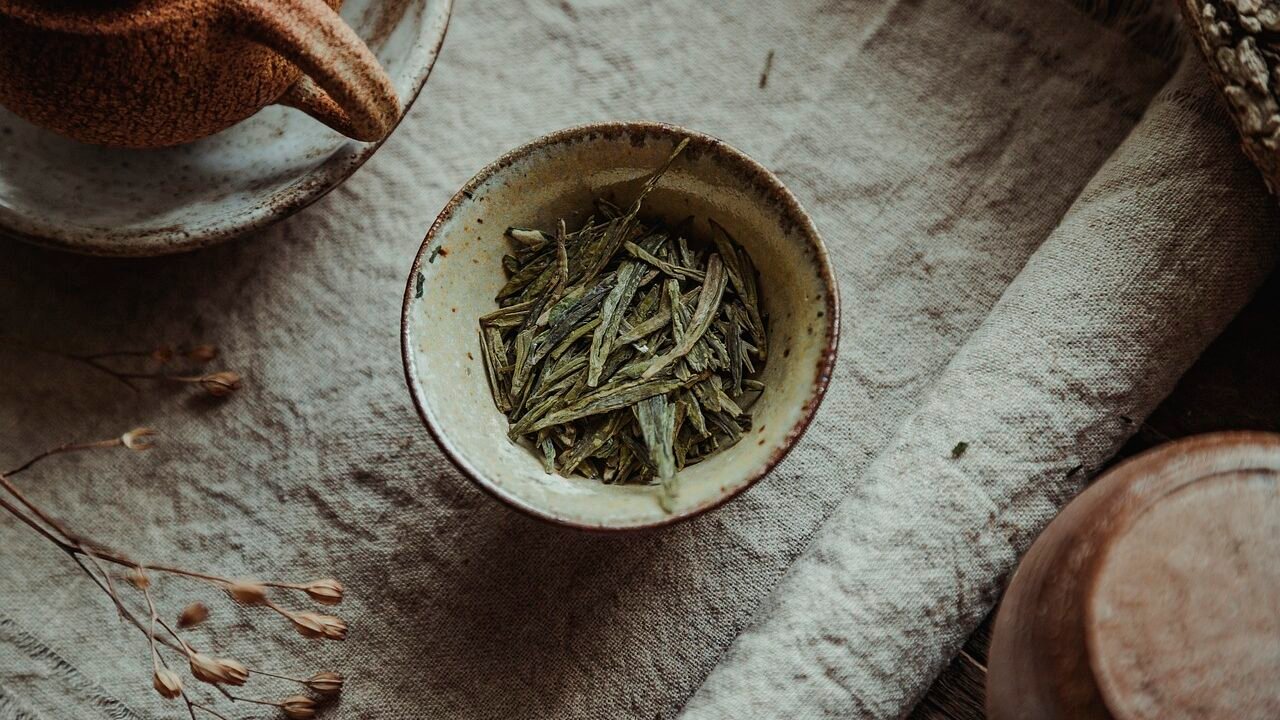A Journey of Flavor and Tradition
In the vast and diverse landscape of tea, there exists a category that stands out for its complexity, depth of flavor, and rich cultural heritage – Oolong tea. Renowned for its nuanced taste profiles and intricate processing techniques, oolong tea holds a special place among tea enthusiasts worldwide. In this blog, we embark on a journey to explore the intricacies of standalone oolong tea, delving into its origins, processing methods, flavor profiles, and the art of brewing.

OOLONG TEA
A Journey of Flavor and Tradition
Origins of Oolong Tea:
Oolong tea, also known as ‘Wulong’ or ‘Black Dragon’ tea, traces its origins back to the Fujian province of China. Legend has it that the name ‘oolong’ was coined by a tea farmer who discovered the partially oxidized leaves resembling a dragon. Over the centuries, oolong tea production has expanded to regions like Taiwan and other parts of China, each contributing its unique terroir to the tea’s character.

Processing Methods:
What sets oolong tea apart is its unique processing method, which involves partial oxidation of the tea leaves. This intricate process requires skill and precision, as the tea leaves are withered, tossed, oxidized, and fired to achieve the desired level of oxidation, resulting in a spectrum of flavors ranging from floral and fruity to toasty and creamy. The degree of oxidation can vary widely, giving rise to various types of oolong teas such as light, medium, and dark.

Flavor Profiles:
One of the most captivating aspects of standalone oolong tea is its diverse flavor profiles, which can be attributed to factors such as cultivar, growing conditions, processing techniques, and roasting methods. Lighter oolongs, such as Tieguanyin and Baozhong, exhibit floral notes with hints of orchid and lilac, while darker oolongs like Da Hong Pao and Oriental Beauty boast robust flavors with caramelized undertones and a lingering finish. Each sip unfolds a sensory experience, inviting exploration and appreciation.
The Art of Brewing:
Brewing oolong tea is as much a ritual as it is a science, with each step influencing the final flavor profile of the brew. Whether using a traditional gaiwan, a porcelain teapot, or a modern brewing vessel, the key lies in finding the perfect balance of temperature, steeping time, and leaf-to-water ratio. Oolong teas are known for their ability to withstand multiple infusions, with each steeping revealing new layers of flavor and aroma, making it an ideal choice for tea enthusiasts seeking a dynamic and engaging tea-drinking experience.

Charming Oolong Tea:
Oolong tea embodies the artistry and craftsmanship of centuries-old tea traditions, offering a sensory journey that captivates the mind and tantalizes the palate. From its humble origins in the mountains of China to its global recognition as a tea of unparalleled complexity, oolong tea continues to inspire and delight tea connoisseurs around the world. So, whether you’re sipping a delicate Tieguanyin or savoring a robust Da Hong Pao, take a moment to appreciate the beauty and intricacy of standalone oolong tea – a true testament to the timeless allure of the leaf.
